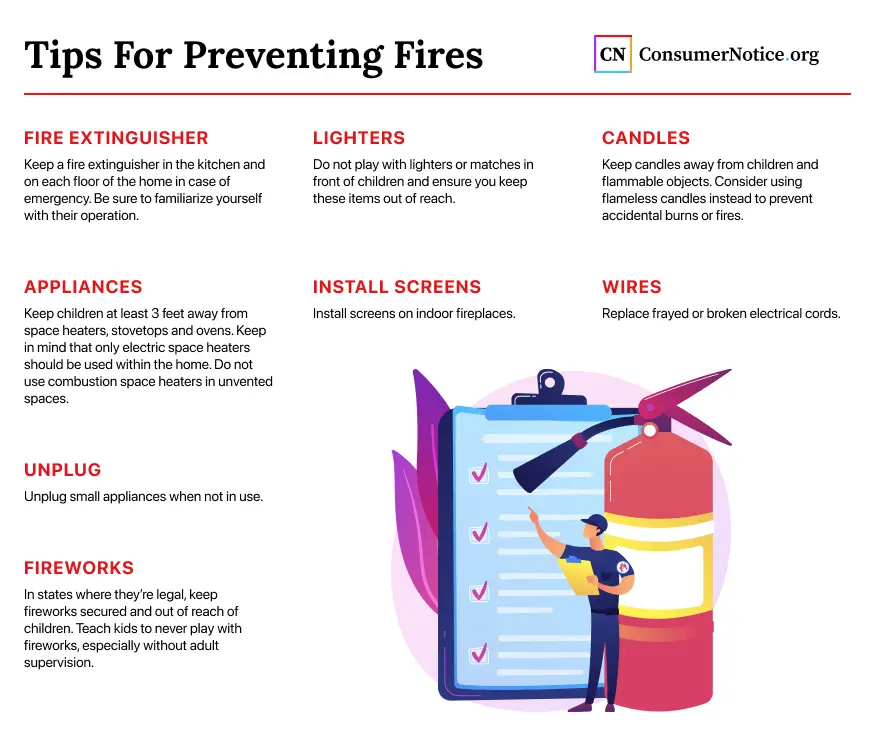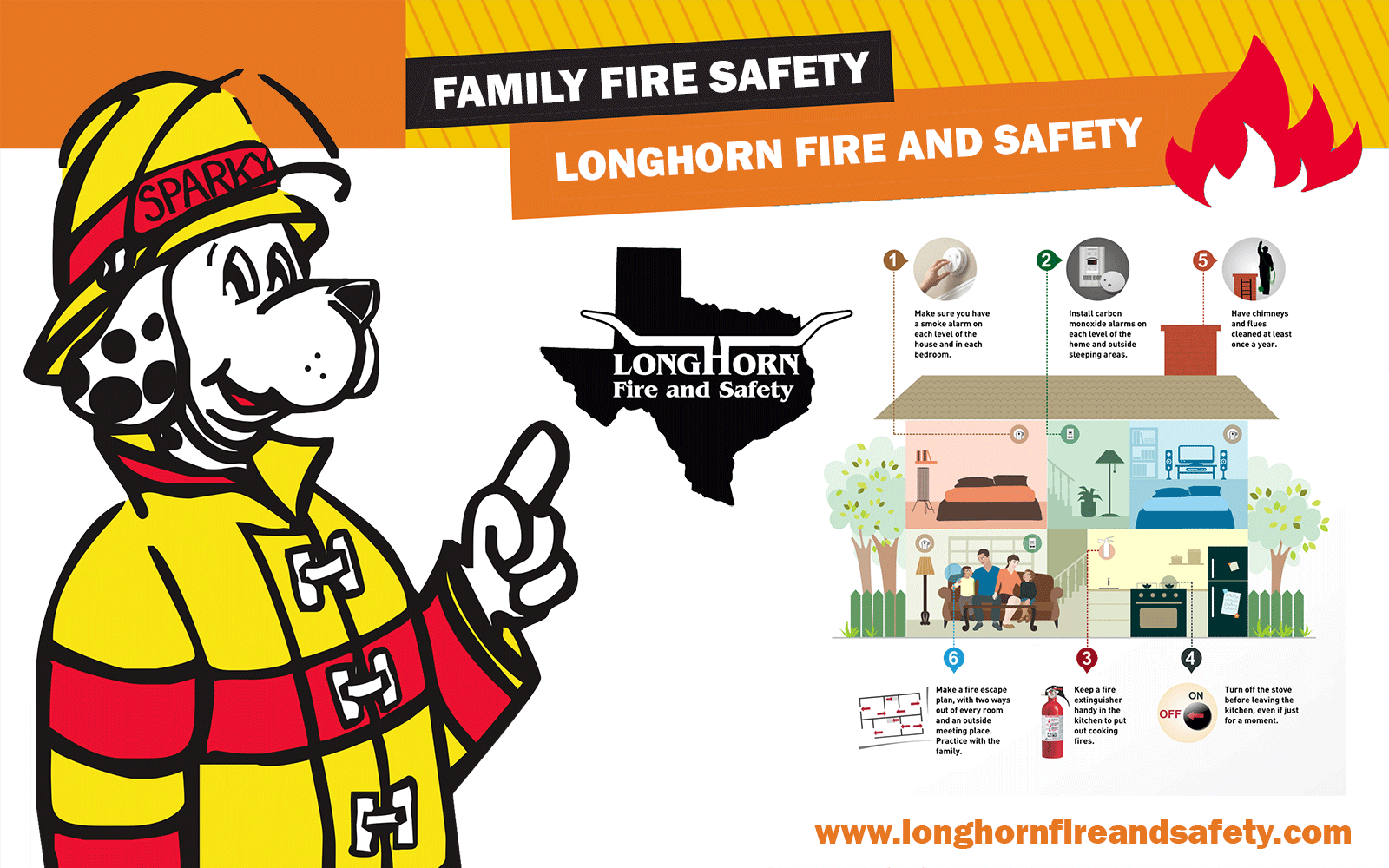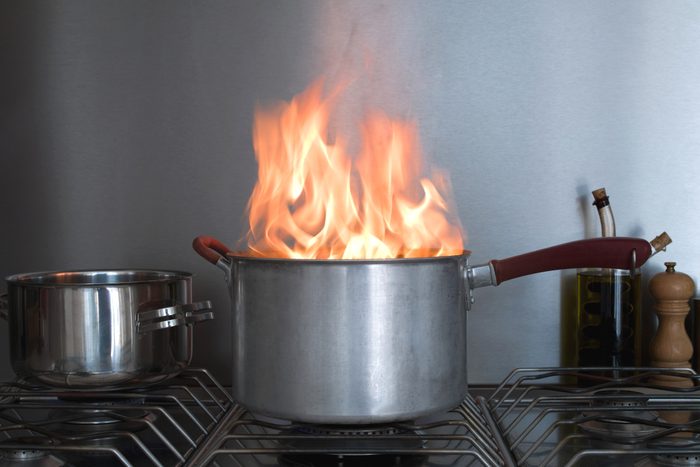To put out a fire without an extinguisher, smother the flames with baking soda. Baking soda releases carbon dioxide, depriving the fire of oxygen and extinguishing it effectively.
Fires can be extinguished using cooling, starvation, or smothering methods, removing a component from the fire triangle to stop the combustion process. Baking soda, when exposed to flames, releases carbon dioxide, interrupting the chemical combustion cycle and extinguishing the fire.
Avoid using water on grease fires, as it can exacerbate the flames. Instead, pour baking soda over the fire for a safer and more effective method of extinguishing it. Remember to turn off the heat source before attempting to put out the fire with baking soda.


Credit: www.longhornfireandsafety.com
- Understanding Fire Extinguishment Methods
- Alternative Solutions For Fire Extinguishment
- Specific Examples Of Using Alternative Methods
- Tips For Safely Putting Out Different Types Of Fires
- Quick Solutions For Fire Extinguishment In Emergencies
- Frequently Asked Questions On How To Put Out A Fire Without An Extinguisher
- Conclusion
Understanding Fire Extinguishment Methods
Fires are commonly extinguished using three primary methods: cooling, starvation, or smothering. These methods work by disrupting the fire triangle, which is the fundamental model for understanding fire dynamics.
The Fire Triangle
The fire triangle consists of three elements essential for a fire to burn: heat, fuel, and oxygen. By eliminating any one of these components, you can extinguish a fire effectively.
Cooling Method
- Uses water or other cooling agents to lower the temperature of the fuel below its ignition point.
- Effective for fires involving solid materials such as wood or paper.
- Works by absorbing heat and preventing reignition.
Starvation Method
- Deprives the fire of oxygen by smothering the flames.
- Common substances like baking soda or salt can be used to disrupt the oxygen supply.
- Interrupts the chemical combustion cycle by releasing carbon dioxide.
Smothering Method
Utilizes materials to block the oxygen supply and suppress the fire. This method involves covering the flames with a non-combustible substance to extinguish the fire.
Remember, understanding these fire extinguishment methods can be crucial in situations where access to a fire extinguisher is limited. By knowing how to apply these techniques effectively, you can help prevent the spread of fires and protect yourself and others from harm.

Credit: www.rd.com
Alternative Solutions For Fire Extinguishment
Baking Soda
When faced with a fire and lacking a traditional extinguisher, baking soda can be a lifesaver. Acting as a makeshift fire suppressant, baking soda releases carbon dioxide when exposed to flames. This reaction creates a thick cloud that starves the fire of oxygen, ultimately putting it out. To effectively use baking soda, simply pour it generously over the flames, ensuring to cover the entire area.
Salt
Similarly, salt can serve as a valuable ally in extinguishing fires without an extinguisher. By creating a barrier between the fire and the air, salt works to suffocate the flames, preventing the fire from spreading further. When dealing with a small fire, sprinkle a substantial amount of salt over the flames to effectively smother them and bring the situation under control.
Dirt Or Sand
Another effective alternative for fire extinguishment is using dirt or sand. This method works by smothering the fire, cutting off its supply of oxygen and halting its progression. If water is not an option and a traditional extinguisher is unavailable, quickly cover the flames with a layer of dirt or sand to contain and extinguish the fire.
Specific Examples Of Using Alternative Methods
When facing a fire emergency without an extinguisher, knowing alternative methods to put out a fire is crucial. Here are specific examples of using alternative methods to tackle different types of fires effectively.
Using Baking Soda
Baking soda is a versatile household item that can serve as a fire suppressant due to its ability to release carbon dioxide when exposed to flames. This effectively smothers the fire by depriving it of vital oxygen, interrupting the combustion process. To use baking soda as a fire extinguisher alternative, simply pour a generous amount over the fire, ensuring that it covers the flames entirely. This method is particularly effective for small grease fires or electrical fires.
Using Salt
Similar to baking soda, salt can be used to create a barrier between the fire and the air, stifling the flames by cutting off their oxygen supply. When dealing with a small fire, particularly a grease fire, carefully pour a sufficient amount of salt over the flames to effectively extinguish the fire. It’s important to note that using flour instead of salt can exacerbate the fire, so ensuring the use of the correct substance is crucial for successful fire suppression.
Using Dirt Or Sand
Dirt or sand can be used as effective alternatives to an extinguisher by smothering a fire and cutting off its oxygen supply. In the case of small outdoor fires, such as those involving vegetation or flammable materials, covering the flames with dirt or sand can lead to the fire smothering and gradually being extinguished. This method is particularly useful in camping or outdoor settings where extinguishers may not be readily available.
Credit: www.businessinsider.com
Tips For Safely Putting Out Different Types Of Fires
In the event of a fire and without a fire extinguisher, you can still safely put out different types of fires using various methods such as cooling, starvation, or smothering. For instance, to extinguish a grease fire, you can use baking soda to release carbon dioxide and smother the flames.
Alternatively, you can also use a salt barrier to cut off the fire’s access to air.
When it comes to fire safety, it’s essential to know how to extinguish different types of fires safely. While having a fire extinguisher is ideal, there may be situations where you don’t have one readily available. In such cases, knowing alternative methods to put out fires can be a lifesaver. Below, we’ll discuss tips for safely extinguishing different types of fires, including kitchen fires, grease fires, and campfires.
Kitchen Fires
Kitchen fires can be caused by various factors, such as overheated pans, electrical faults, or flammable materials. If you come across a small kitchen fire, follow these steps:
- Keep calm and assess the situation.
- Turn off the heat source immediately, if possible.
- If the fire is small and manageable, place a metal lid or baking sheet over the flames to smother them.
- Avoid using water, as it can spread grease fires.
- If the fire is too large or spreading rapidly, evacuate the area and call emergency services.
Grease Fires
Grease fires are especially dangerous and can escalate quickly. If you encounter a grease fire, follow these steps:
- Do not attempt to move the burning pan or pot.
- Turn off the heat source, if possible.
- Never use water to extinguish a grease fire; it can cause the flames to spread.
- Grab an oven mitt and carefully slide a lid or baking sheet onto the pan to smother the flames.
- If the fire continues to burn, use a fire blanket or a large amount of baking soda to smother the flames.
- Do not attempt to carry the burning pan outside, as it may cause the fire to spread or cause injury.
- If the fire becomes uncontrollable, evacuate the area and contact emergency services.
Campfires
Campfires can provide warmth and enhance outdoor experiences, but they should always be controlled and properly extinguished. When it’s time to put out a campfire, follow these guidelines:
- Allow the fire to burn down to a manageable size.
- Use a shovel or stick to separate the burning logs and spread them apart.
- Pour water over the fire, starting from the outside and moving inward.
- Stir the ashes and remaining embers to ensure everything is cold and extinguished.
- Continue pouring water and stirring until there are no hot spots or signs of smoke.
- Dispose of the ashes in a designated area or follow local regulations for campfire disposal.
Remember, these tips offer a general approach to safely extinguishing fires, but it’s always best to prioritize your safety and evacuate whenever necessary. Additionally, it’s crucial to have a fire extinguisher and know how to use it correctly. Stay safe and be well-prepared for any fire emergency!
Quick Solutions For Fire Extinguishment In Emergencies
In the unfortunate event of a fire, it is crucial to act quickly and take immediate actions to put it out before it spreads and causes more damage. While having a fire extinguisher is the ideal solution, there may be situations where you don’t have one readily available. In such cases, there are several quick and effective alternatives you can use to extinguish the fire. Here, we will discuss immediate actions and safety precautions that can be taken to put out a fire without an extinguisher.
Immediate ActionsWhen a fire breaks out, time is of the essence. Taking immediate actions can help prevent the fire from escalating and becoming more difficult to control. Here are some quick solutions you can implement:
- Remove any people from immediate danger and evacuate the building if necessary.
- Call emergency services or the fire department to report the fire.
- If the fire is small and contained, you can attempt to put it out yourself using the following techniques:
Safety Precautions
While attempting to extinguish a fire without a fire extinguisher, it is vital to prioritize safety to avoid injuries or the fire spreading. Here are some safety precautions to keep in mind:
- Wear protective clothing, such as gloves and goggles, to shield yourself from heat and potential debris.
- Avoid inhaling toxic smoke by covering your nose and mouth with a damp cloth.
- Identify the type of fire you’re dealing with to choose the most appropriate extinguishing method.
- Keep an escape route clear and be ready to evacuate if the fire becomes uncontrollable.
- Do not hesitate to call for professional help if you are unsure or unable to extinguish the fire safely.
Remember, these quick solutions for fire extinguishment in emergencies can help minimize damage and protect lives when a fire extinguisher is not available. However, it is always recommended to have a fire extinguisher accessible in all areas prone to fires to ensure immediate and effective action during emergencies.
Frequently Asked Questions On How To Put Out A Fire Without An Extinguisher
What Are 3 Ways To Put Out A Fire?
To put out a fire, you can use cooling, starvation, or smothering methods. Deprive the fire of oxygen by smothering it with a lid or baking soda to extinguish it safely.
What Can I Use Instead Of A Fire Extinguisher?
You can use baking soda or salt as alternatives to a fire extinguisher for putting out fires. Baking soda releases carbon dioxide to smother flames, while salt forms a barrier. Avoid using water on certain fires, as it can worsen the situation.
How Do You Naturally Put Out A Fire?
To naturally put out a fire: – Pour baking soda or salt over the flames – Turn off the heat source – Smother the fire by covering it with a lid – Avoid using water, as it can cause the fire to worsen
Can Baking Soda Put Out A Fire?
Yes, baking soda can put out a fire by releasing carbon dioxide and smothering the flames. It interrupts the chemical combustion cycle by depriving the fire of oxygen. Baking soda is effective for small grease fires and can be used as an alternative to a fire extinguisher.
Avoid using water on grease fires.
Q: How Can I Put Out A Fire Without An Extinguisher?
A: You can use baking soda or salt to smother the flames and deprive the fire of oxygen.
Conclusion
When faced with a fire without an extinguisher, remember the three methods of fire extinguishment: cooling, starvation, or smothering. Baking soda or salt can be effective in smothering the flames by releasing carbon dioxide, depriving the fire of the oxygen it needs to burn.
Always prioritize safety and use the most appropriate method for the specific fire situation.